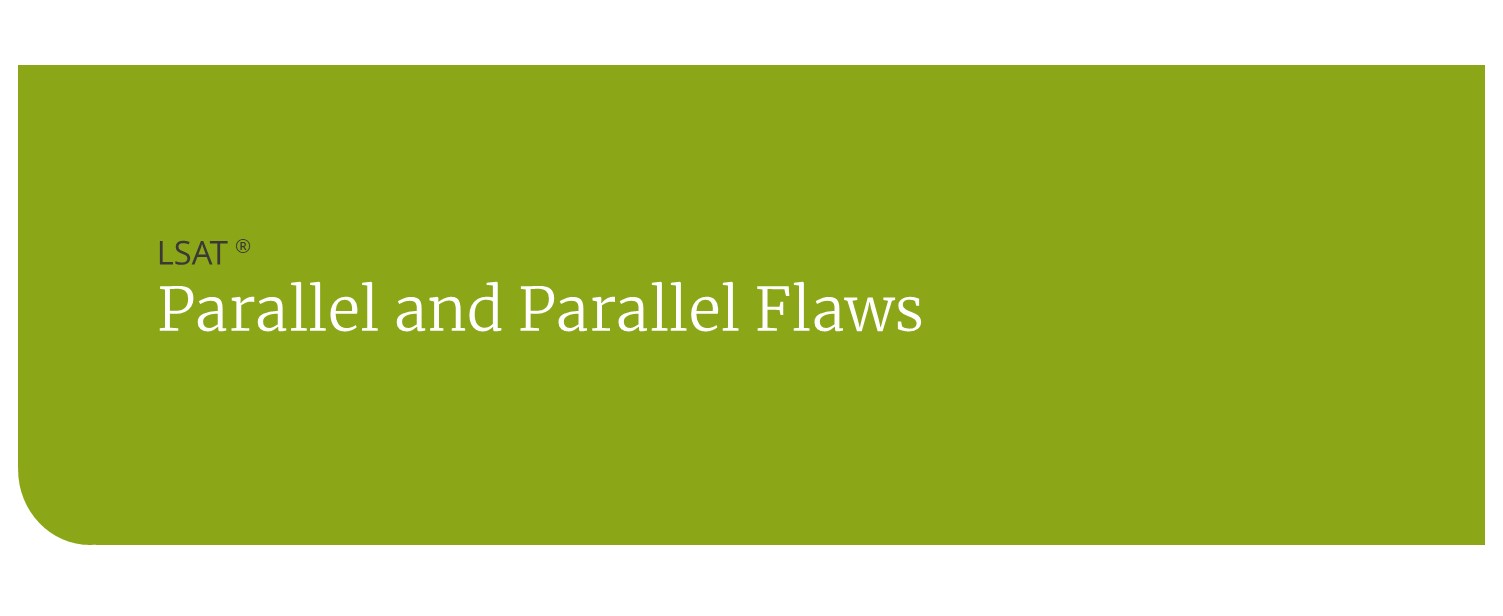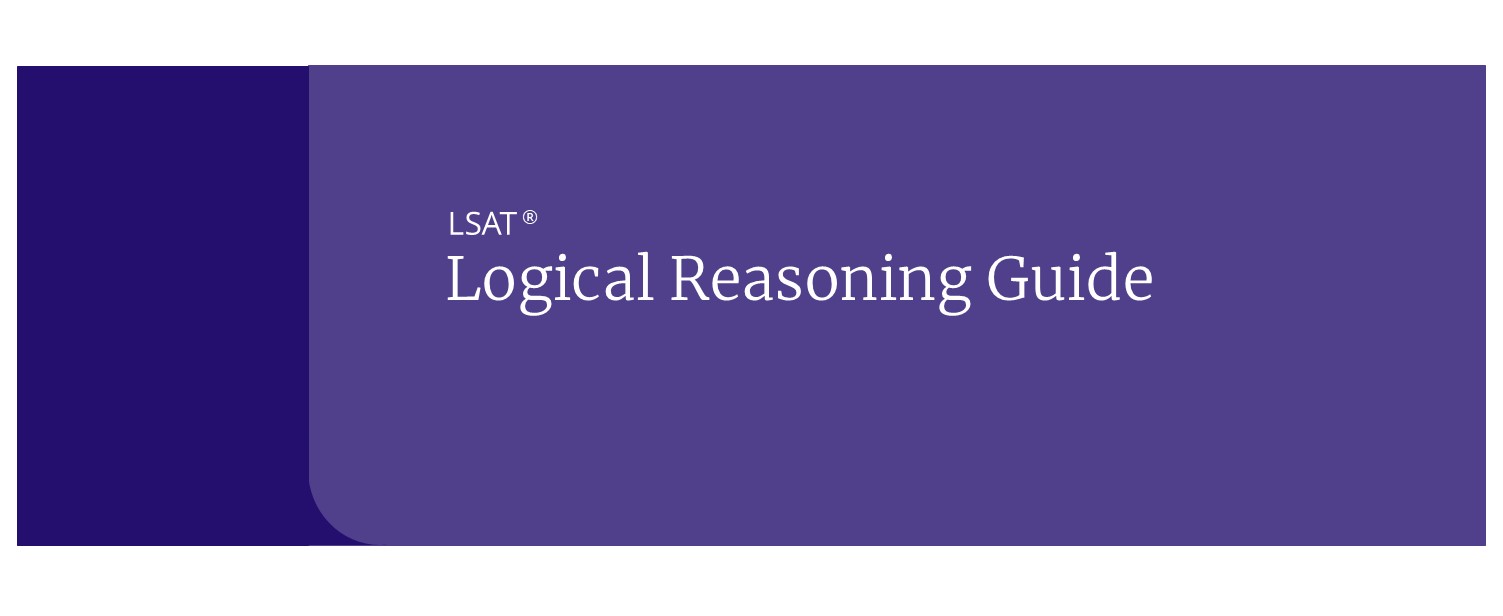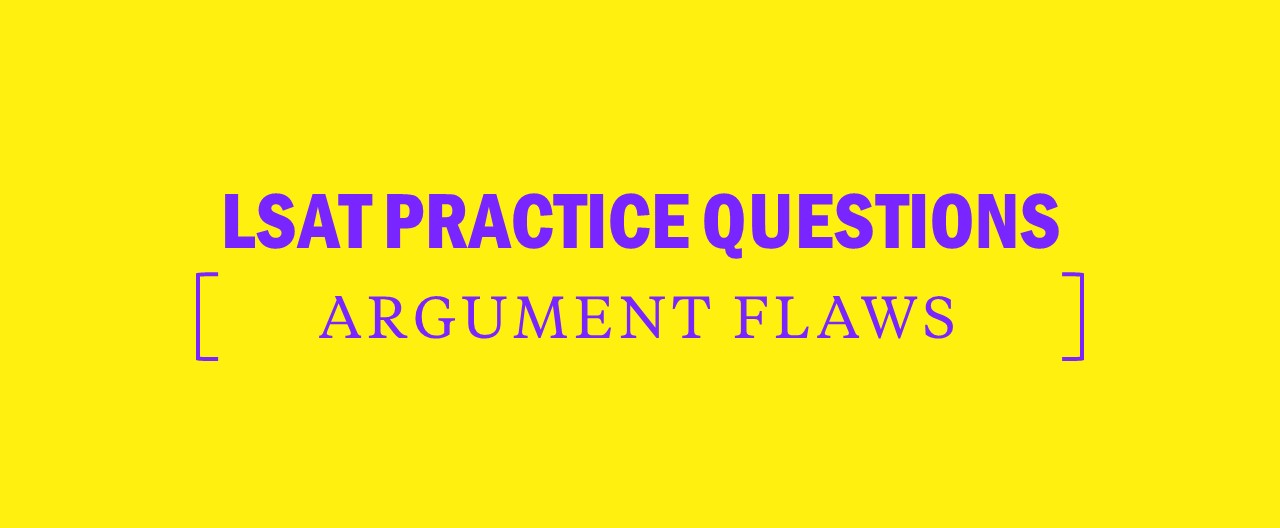LSAT Logical Reasoning: Parallel & Parallel Flaws
Parallel reasoning questions on the LSAT require you to (1) identify the logic and structure of an argument and (2) find an argument with similar logic/structure. For this type of LR question, you will need to look for the patterns in the structure. The argument itself does matter, but a little less than in other LR question types. If you’ve been working on LSAT practice questions, chances are you are already confident with identifying conclusions, evidence, and assumptions and understanding he basic premises of arguments.
To practice this type of LSAT question, you’ll focus a bit more on paraphrasing the stimulus in your own words. This will essentially become your “prediction.” But first, how can you recognize this question type? Look at the wording of the question stems. Here are some you’ll commonly see:
- Which of the following utilized the same pattern of reasoning as the argument above?
- Which of the following most closely parallels the above argument?
- The logic of the above argument is most closely parallel to which of the following?
The key thing to keep in mind is that parallel arguments have parallel flaws. If two arguments are parallel in their logical reasoning, then it is reasonable to guess that the assumptions or flaws they make will be very close.
[RELATED: Logical Reasoning: Flaws and Common Flaws]
4 Steps to Solve Parallel Reasoning Questions on the LSAT
- Write down the conclusion and the evidence.
- Write down the structure symbolically (Evidence, then Conclusion, followed by example).
- Eliminate answer choices that doesn’t mirror the structure.
- Compare any remaining choices for content.
One question to ask yourself is: is the argument convincing? If the assumptions aren’t weak and the conclusion holds up based on the evidence provided, then the correct answer will ALSO have a strong argument. Weak arguments are parallel with weak arguments, and strong arguments are parallel with strong arguments. Don’t worry whether the subject matter is the same or different. Just because two arguments focus on television syndication rights does NOT mean they are automatically parallel.
LSAT Parallel Reasoning Practice Question
Possible Answers and Corresponding Diagrams
A) Being healthy requires exercise. But exercise involves risk of injury. So, paradoxically, anyone who wants to be healthy will not exercise.
- A→B, B→C. Therefore A→-B
B) Learning requires making some mistakes. And you must learn if you are to improve. So you will not make mistakes without there being a noticeable improvement.
- A→B, A→C. Therefore –B→C
C) Our political party will retain its status only if it raises more money. But raising more money requires increased campaigning. So our party will not retain its status unless it increases campaigning.
- A→B, B→C. Therefore –C→-A
D) You mechanical aptitude.
- A→B, B→C. Therefore –A→-C
E) Getting a ticket requires waiting in line. Waiting in line requires patience. So if you do not wait in line, you lack patience.
- A→B, B→C. Therefore –A→-C
As you can see from the diagrams above, the only diagram in an answer that matches that of the argument is answer “C”. Diagramming the arguments like this is helpful for all of the parallel questions, whether you are asked to match the reasoning or match the flaw.
It is helpful to use neutral letters like A and B, rather than W for willing and C for cooperation, because the sample answers will not have “winning” but other factors. Using neutral letters will keep you from getting to confused with the terms in the argument and the terms in the answers.Expert Tip
Be patient with yourself with this LSAT question-type – you’ll have to work on 6 arguments total, so this question will take a little longer than you think!
LSAT Parallel Flaws
“Flaw” questions on the LSAT can appear in a variety of forms, but all essentially ask you to focus on the same thing: the logical fallacy of the argument. The most common logical flaws are apparent to even the novice law student, but if you find yourself getting some of the harder “Parallel Flaw” questions incorrect on your LSAT practice tests, it may be that your approach needs to be stepped-up to get primed for LSAT Test Day.
The typical “Parallel Flaw” LSAT question asks: “Which one of the following contains a flaw that most closely parallels the flaw contained in the passage?”



